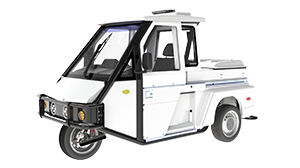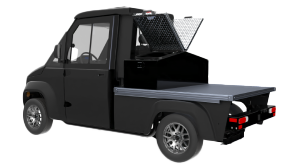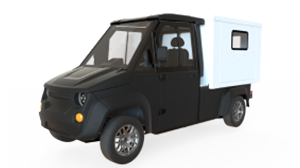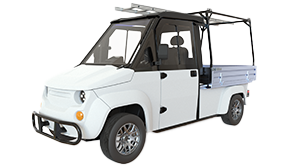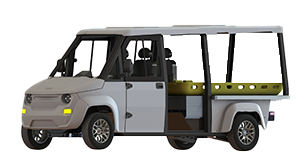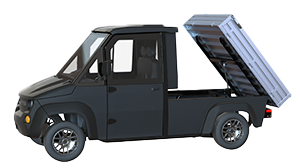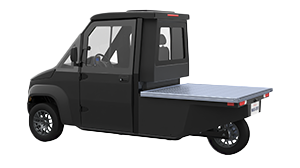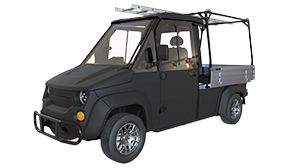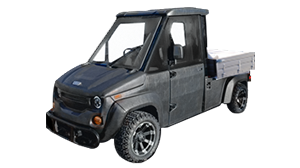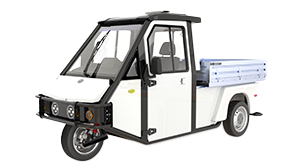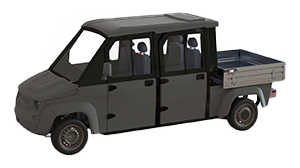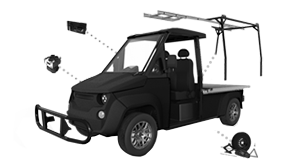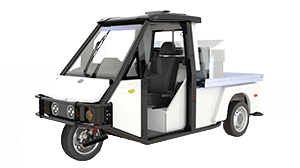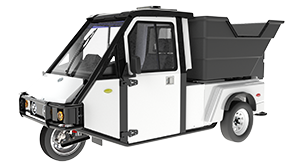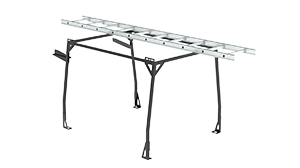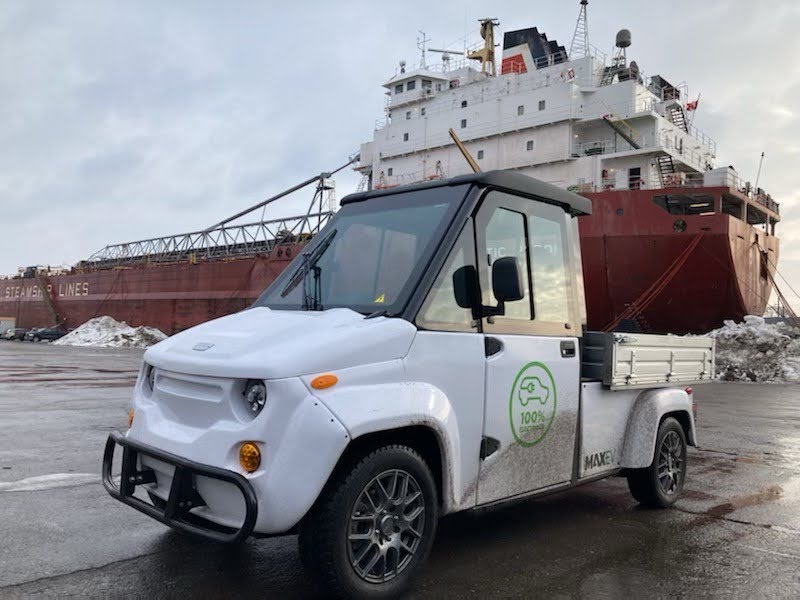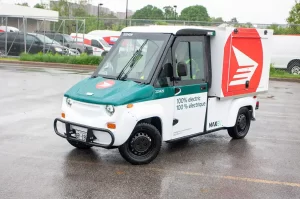The Humble Beginnings: The Birth of Low Speed Vehicles (LSVs)
Low speed vehicles (LSVs) started as modest solutions for recreational purposes, specifically designed as golf carts. In their early years, LSVs were simply a convenient way to transport golfers and their equipment across courses, providing a more efficient alternative to walking. These small, battery-powered vehicles served a very specific niche, with limited range and minimal utility outside the golf course.
Golf Carts and Recreation
Initially, LSVs were seen as recreational tools with a singular purpose. The design prioritized simplicity and ease of use, focusing on short distances and slow speeds that suited recreational settings. At this stage, the technology was relatively basic, relying on lead-acid batteries that offered limited power and range.
Emerging Utility
However, as gated communities and private estates began to grow, people recognized that these vehicles could serve beyond golf courses. LSVs soon expanded into private communities, where they became a practical mode of transportation for residents, offering an easy and quiet way to get around. This marked the first step in their evolution from recreational vehicles to utility-focused transport options for specific communities.
LSVs Enter the Public Sector
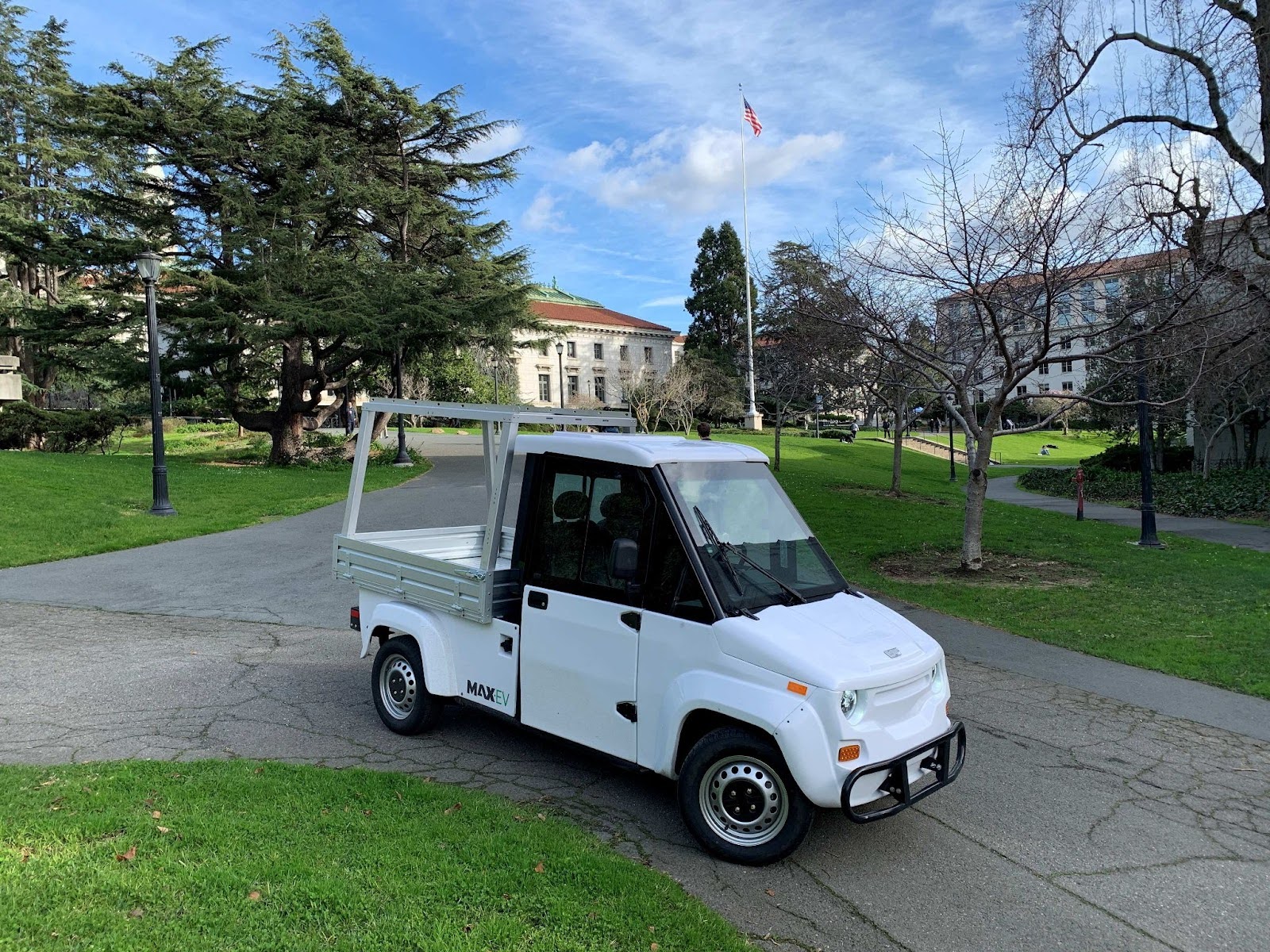
As low speed vehicles (LSVs) gained popularity in private communities, their potential for broader applications became clear. The public sector soon recognized their value for internal transportation in parks, municipalities, and campuses. These vehicles offered a compact, energy-efficient solution for transporting people and materials across short distances, especially in environments where larger vehicles would be inefficient or impractical.
Transportation in Public Spaces
LSVs found a natural fit in parks and campuses, where low speed, quiet operation, and compact size were key advantages. These vehicles became essential for:
- Shuttling visitors within large park areas or campuses.
- Transporting staff and equipment quickly across short distances.
- Reducing environmental impact, as they generate no emissions and are quieter than traditional vehicles.
Initial Challenges
Despite their growing utility, LSVs faced early challenges that restricted wider adoption. One significant issue was their limited speed—often capped at 25 mph or less—which made them unsuitable for use on public roads. Additionally, safety concerns such as lack of crash protection and lower visibility compared to traditional vehicles raised questions about their viability for broader urban applications. These early limitations pushed the need for technological advancements that would eventually transform the LSV market.
Advancements in Technology: LSVs Become More Capable
As demand for low speed vehicles (LSVs) expanded, technological advancements played a critical role in making these vehicles more viable for a wider range of uses. The integration of new battery technologies, enhanced safety features, and improved design elements allowed LSVs to overcome many of the limitations they initially faced, transforming them into reliable tools for both public and private sector applications.
Lithium-Ion Battery Adoption
One of the most significant advancements in LSV technology was the shift from lead-acid batteries to lithium-ion battery systems. Lithium-ion batteries offer:
- Longer range, allowing LSVs to operate over greater distances without frequent recharging.
- Improved efficiency, meaning less energy is wasted, contributing to longer operational hours.
- Faster charging times, reducing downtime for fleet operators.
Enhanced Safety Standards
To address safety concerns, LSVs began incorporating automotive-grade safety features. Modern LSVs like Westward’s MAX-EV include:
- Automotive disc brakes for improved stopping power.
- High-visibility cabs, making the vehicles more noticeable to pedestrians and other drivers.
- Enhanced suspension systems, improving vehicle stability and operator comfort on uneven terrain, with full independent automotive style suspension.
- Full roll bar chassis, certain manufacturers began adopting more robust chassis designs that offer much more integrity in collisions than early golf cart models.
- Safety belt display alerts for passengers that do not immediately buckle up.
- Large color back up displays for increased safety when backing up your LSV, many OEM’s also offer back up sensors.
These technological innovations allowed LSVs to move beyond niche applications, making them suitable for broader urban, commercial, and institutional settings.
Expanding Roles in the Private Sector
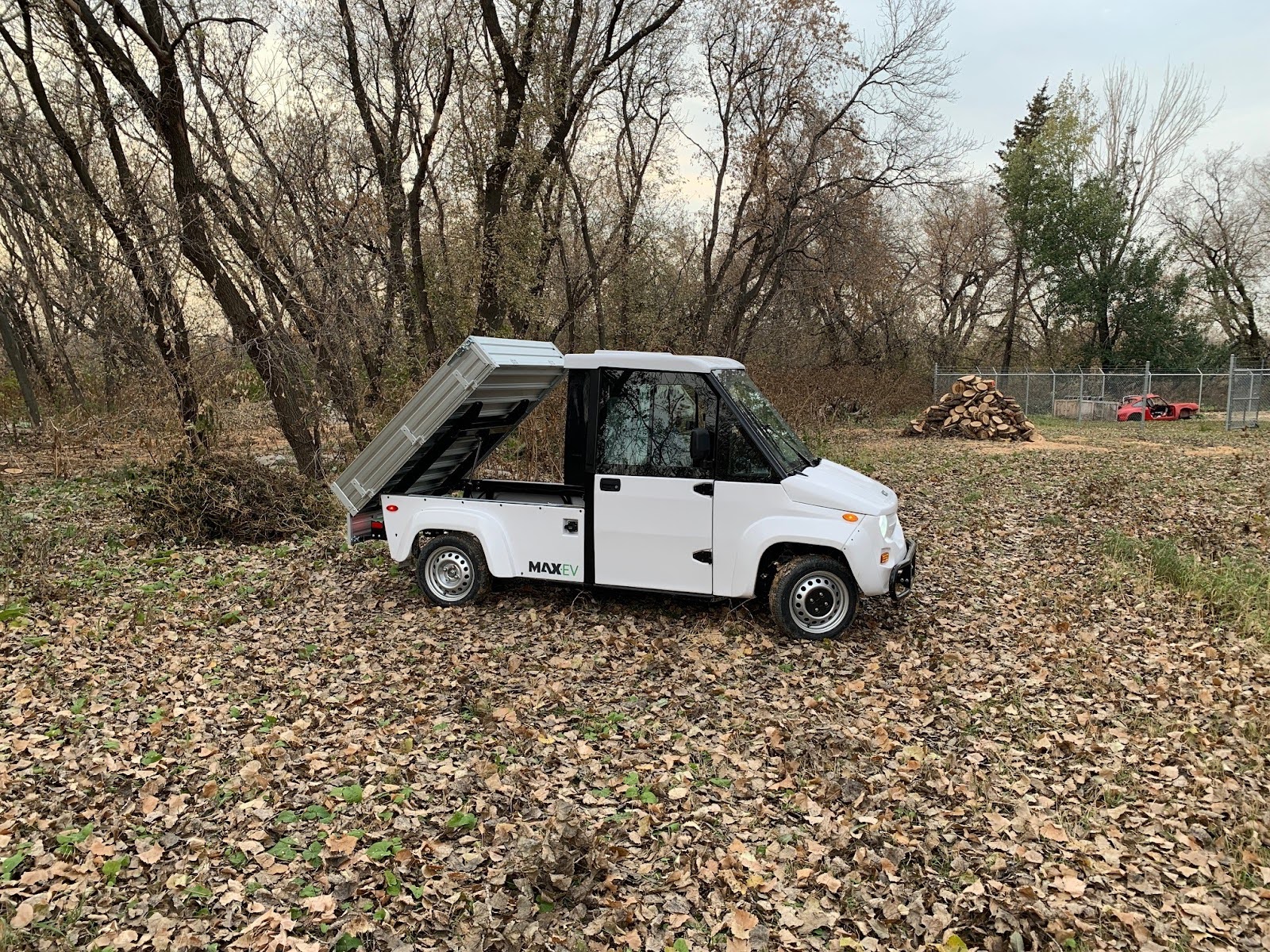
As technological advancements improved the performance and safety of low speed vehicles (LSVs), businesses and private institutions began recognizing their versatility and started adopting them for specialized tasks. This marked a significant shift from LSVs being primarily used for recreation and transportation within small communities to playing crucial roles in various commercial operations.
LSVs for Commercial Use
In settings such as resorts, corporate campuses, and private estates, LSVs became essential for transporting guests, delivering goods, and enhancing security. Their compact size, energy efficiency, and quiet operation made them an ideal solution for managing transportation needs without disrupting the environment or creating noise pollution. Businesses realized that LSVs could:
- Move people and goods efficiently over short distances.
- Support logistics in areas with limited access to larger vehicles.
- Provide a sustainable transportation option that aligns with their environmental goals.
Specialized Models for Specific Needs
To accommodate diverse commercial applications, LSVs evolved with customizable features that made them more adaptable for specific tasks. Westward’s MAX-EV, for example, can be equipped with:
- Tilting beds for easier loading and unloading of materials.
- Van bodies for secure and weather-resistant transport of goods.
- Tow hitches for pulling equipment or trailers on large campuses.
Adaptability has made LSVs invaluable in industries ranging from hospitality to maintenance, where efficiency and sustainability are key priorities. The ability to tailor vehicles to meet specific operational needs allowed businesses to maximize the functionality of LSVs in day-to-day tasks.
LSVs in Urban Mobility: A Growing Trend
As cities face increasing demands for sustainable and efficient transportation solutions, low speed vehicles (LSVs) have become an integral part of urban mobility. Their compact size, energy efficiency, and versatility make them ideal for navigating congested streets while addressing the need for eco-friendly alternatives to traditional vehicles. LSVs offer solutions for cities looking to improve mobility without compromising on sustainability or operational efficiency.
Urban Transport Solutions
LSVs have proven to be effective in urban environments, particularly for last-mile deliveries, parking enforcement, and maintenance tasks. Their ability to maneuver through crowded city streets allows them to perform essential services quickly and efficiently. Urban planners are increasingly adopting LSVs for:
- Last-mile delivery services, reducing the strain on larger vehicles in congested areas.
- Parking enforcement, where their agility allows officers to navigate tight spaces and crowded streets.
- City maintenance tasks, such as transporting tools and personnel between sites without contributing to traffic congestion.
Sustainability in the City
A key factor in the rise of LSVs in urban settings is their zero tailpipe emissions. Electric models like the MAX-EV help cities reduce air pollution, aligning with broader sustainability goals. These vehicles contribute to cleaner air, quieter streets, and a reduced environmental footprint, making them a valuable asset in urban transport systems focused on sustainability.
Public Sector Adoption: The Case of Municipal Fleets
This is a nice idea/image, but its actually one of our 3 wheel vehicles (non LSV), do you want to use it anyways?
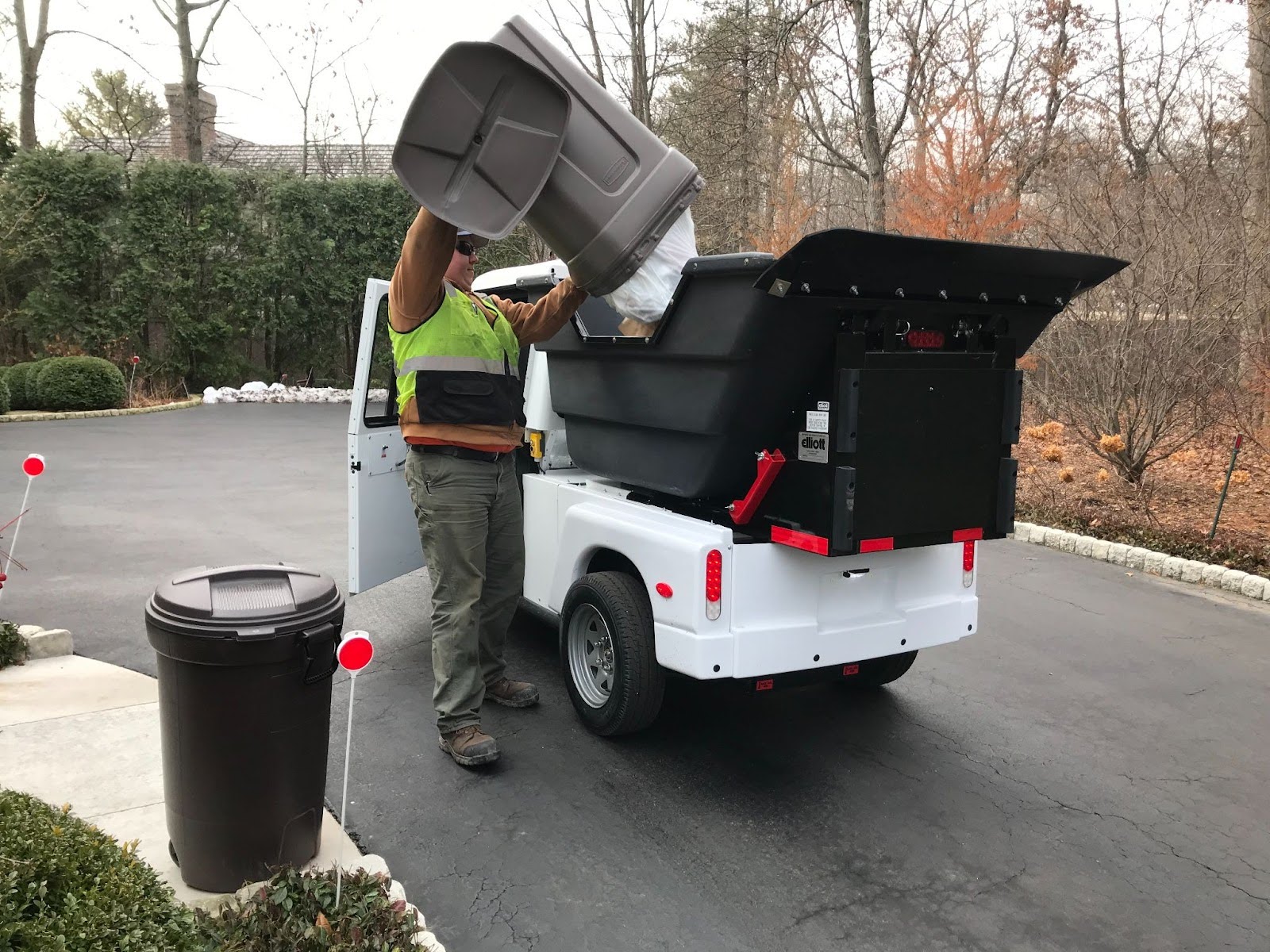
As cities increasingly strive for cost-effective and environmentally friendly solutions, low speed vehicles (LSVs) have found a natural home in municipal fleets. Governments and public organizations have embraced LSVs for their ability to handle a variety of tasks, all while reducing operational costs and environmental impact. The combination of low emissions, reduced fuel consumption, and versatile functionality makes LSVs ideal for meeting the diverse needs of cities and municipalities.
Government Fleet Integration
Cities are turning to LSVs for tasks ranging from parking enforcement to public works maintenance. With their compact size and energy-efficient electric powertrains, vehicles like Westward’s GO-4 EV are being deployed for city-wide operations. Their ability to navigate congested urban areas with ease makes them perfect for municipal applications where larger vehicles would be inefficient. Municipalities have also integrated LSVs into their fleets to support:
- Street maintenance and repair crews, providing them with reliable, low-emission transportation for tools and personnel.
- Waste management and sanitation services, offering quiet, emissions-free options for routine collection tasks.
- Law enforcement, with LSVs used for patrolling and ticketing in busy downtown areas where their maneuverability is a significant advantage.
Efficient City Operations
One of the primary reasons for the growing adoption of LSVs in municipal fleets is their ability to reduce operational costs. Electric LSVs require significantly less maintenance than traditional gas-powered vehicles and eliminate fuel costs altogether. This translates into substantial savings for city budgets over the long term. Additionally, by adopting LSVs, municipalities contribute to lower emissions and promote a cleaner, more sustainable urban environment—key goals in modern city planning.
LSVs and Campus Applications
Low speed vehicles (LSVs) have become essential in managing large campuses, including universities, corporate campuses, and hospitals. Their ability to navigate efficiently through sprawling environments, coupled with their zero-emission capabilities, makes them an ideal solution for internal transportation and maintenance tasks. As campuses increasingly prioritize sustainability and efficiency, LSVs play a critical role in supporting daily operations.
Efficient Campus Transit
LSVs are widely used for shuttling personnel, transporting goods, and maintaining infrastructure across large campuses. Their compact size and quiet operation allow them to move through campus environments without disrupting activities. LSVs provide a practical alternative to larger vehicles in areas with pedestrian traffic and tight spaces. Campuses benefit from:
- Quick, quiet transportation for students, staff, and visitors.
- Easier access to restricted or narrow pathways where traditional vehicles struggle.
- Reduced environmental impact, aligning with institutional sustainability goals.
Low-Speed Doesn’t Mean Low-Performance
Despite their lower speed, LSVs like the MAX-EV offer impressive performance capabilities. With payload capacities exceeding 1,000 lbs and customizable options like tilting beds and cargo storage, these vehicles can handle a wide range of tasks. Whether it’s transporting equipment for maintenance teams or moving supplies between buildings, LSVs have the versatility and strength to meet the demands of modern campus operations.
Regulatory Frameworks: Ensuring Safety and Compliance
As low speed vehicles (LSVs) become more integrated into public and private sectors, ensuring their compliance with federal and state regulations is critical. These regulations are designed to ensure that LSVs meet safety standards and are suitable for use on certain roads and in specific environments. From operational guidelines to mandatory safety features, adhering to these regulatory frameworks allows LSVs to operate safely in diverse settings.
Federal and State Regulations
LSVs are required to comply with a variety of regulations to ensure safe operation. Federal guidelines, such as those outlined by the National Highway Traffic Safety Administration (NHTSA), dictate that LSVs must be limited to 25 mph and can only be used on roads where speed limits do not exceed 35 mph. Additionally, LSVs must include essential safety features such as:
- Seat belts and windshields to protect passengers.
- Headlights, taillights, and turn signals to ensure visibility in different conditions.
- Rearview mirrors for improved operator awareness.
Safety Enhancements for Compliance
To meet these regulatory standards, modern LSVs like Westward’s MAX-EV are equipped with advanced safety features. These include automotive-grade disc brakes, backup cameras, and even roll bars for added protection in rougher terrains or urban environments. These safety enhancements not only ensure compliance but also improve operator and passenger safety during daily use.
The Role of LSVs in Sustainability Goals
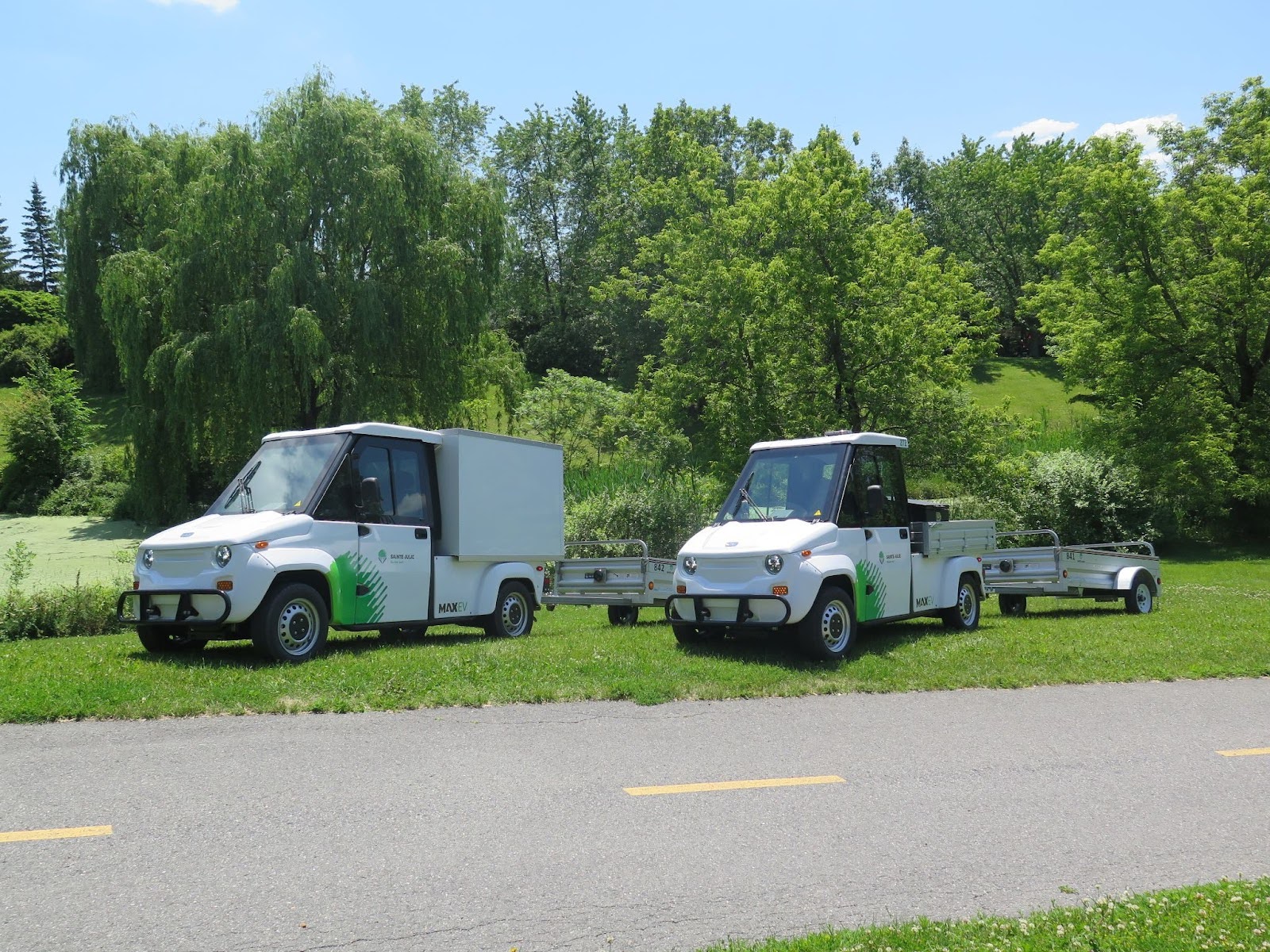
Low speed vehicles (LSVs) are playing an increasingly important role in helping organizations meet their sustainability objectives. As both public and private sectors prioritize reducing their carbon footprints, the adoption of electric LSVs offers a tangible way to support green initiatives. These vehicles provide a cleaner, more eco-friendly alternative to traditional gas-powered vehicles, contributing to both immediate and long-term sustainability goals.
Contribution to Green Mobility
Electric LSVs, like the MAX-EV, are zero-emission vehicles, producing no harmful pollutants such as carbon dioxide or nitrogen oxides. By replacing traditional vehicles with electric LSVs, organizations can significantly reduce their greenhouse gas emissions. This is particularly important for cities and businesses that have pledged to meet carbon neutrality targets. Key benefits include:
- Reduction in air pollution, leading to cleaner urban environments.
- Lower energy consumption, as electric vehicles are more efficient than internal combustion engines.
- Sustainable transport options that align with broader environmental strategies.
Long-Term Environmental Impact
The use of electric LSVs not only reduces emissions in the short term but also supports long-term environmental objectives. By minimizing reliance on fossil fuels and reducing maintenance requirements, LSVs contribute to less resource consumption overall. This makes them an ideal fit for organizations looking to make a lasting positive impact on the environment while also improving operational efficiency.
Low Speed Vehicles: From Niche to Necessity
What began as a niche solution for recreational transport has evolved into an essential component of modern urban logistics. Low speed vehicles (LSVs) have transitioned from simple golf carts to multifunctional tools, meeting the growing needs of cities, businesses, and campuses. Their compact size, energy efficiency, and ability to handle a variety of tasks have made LSVs a vital part of urban transportation and operations.
LSVs as Mainstream Urban Solutions
Today, LSVs are far from a novelty—they are integral to how cities and institutions manage transportation, deliveries, and maintenance. With increasing demand for sustainable, low-emission vehicles, LSVs are now recognized as practical solutions for both public and private sector needs. Their ability to navigate tight urban spaces, provide zero-emission transport, and offer customization options means they are suited for a wide range of applications, from parking enforcement to last-mile delivery.
